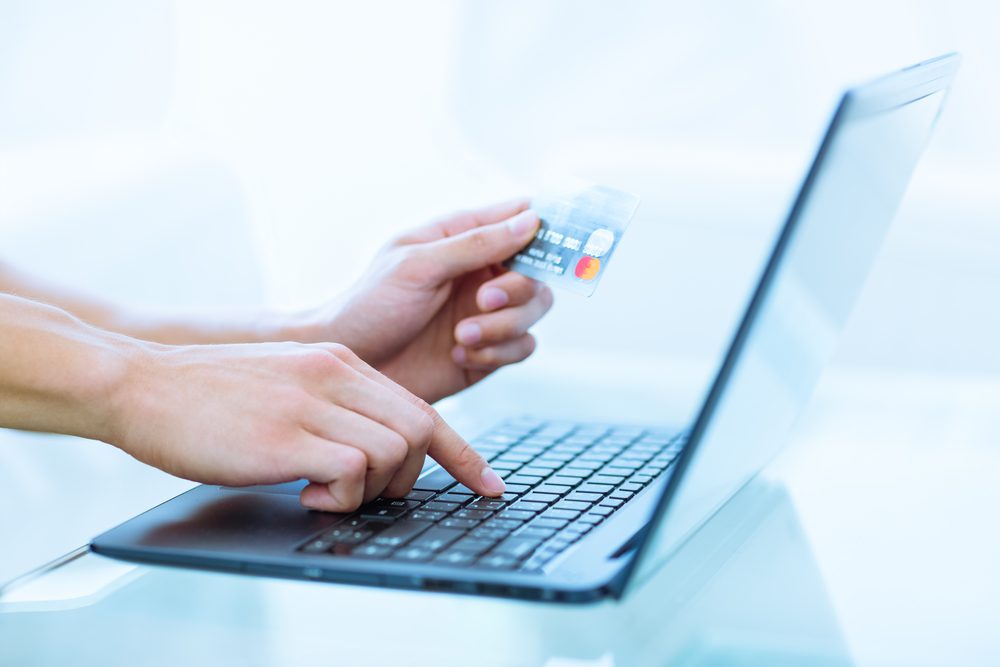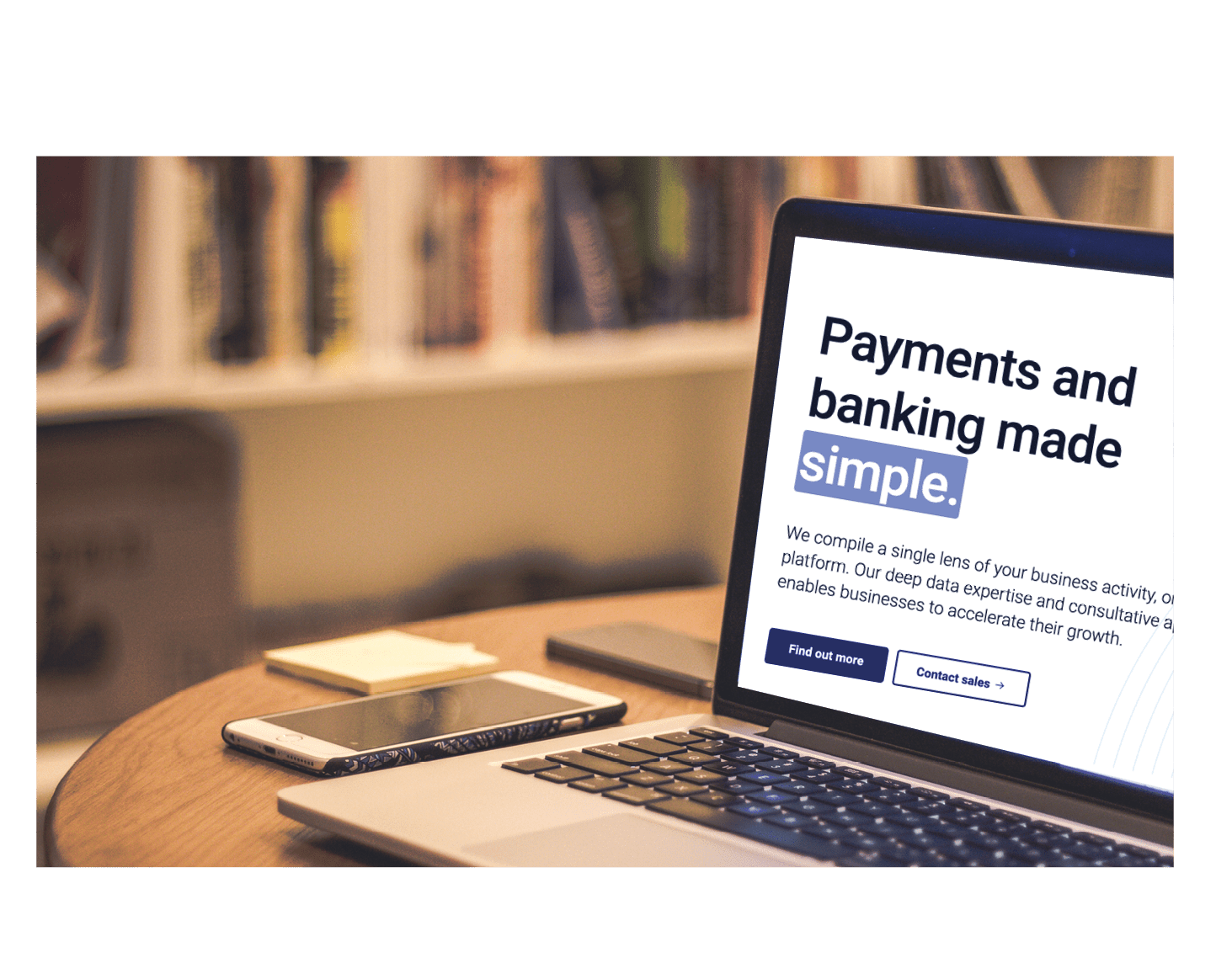A chargeback is when a customer contacts their bank to dispute a debit or credit card transaction. If the chargeback is approved, the payment is forcibly reversed and the cardholder is given their money back.
With news reports showing that 90% of businesses describe ‘cardholder abuse of the chargeback process’ to be a leading business concern, it’s important that you know how to effectively handle these types of disputes.
Most businesses give a resounding ‘no’ when asked if they understand the chargeback defence processes, which is far from ideal – poorly handled chargebacks can result in lost revenue, increased cases of ‘friendly fraud’, and potential issues with Acquirers if your chargeback rates are too high.
With this in mind, this guide is designed to tell you:
- Exactly what chargebacks are
- How chargebacks work
- Why you might see chargeback requests
- How to dispute a chargeback request
- The differences between chargebacks and refunds
Here at Acquired.com, we’re experts in all aspects of payment processing. We’re on a mission to help businesses streamline their processes and create the ideal transaction journey for customers.
If you’d like to learn how Acquired.com can support your business with a smart payment solution, get in touch with our team right here on our website today..
What is a chargeback?
A chargeback is a customer-requested payment reversal triggered by a dispute with a charge on their credit or debit card.
Chargebacks are usually triggered when a customer has a problem with an order or a service that they’ve been charged for – this can be anything from a damaged or faulty item, a fraudulent claim, or a payment processing error that results in a transaction being duplicated.
Customers will be able to file a chargeback request with their bank if the transaction was made on a credit or debit card, but this doesn’t always mean that they’ll receive their money back.
This is because the business has the right to defend the chargeback request if they disagree with the legitimacy of the claim.
What’s the chargeback process?
- The chargeback is filed
The initial step of any chargeback process is the filing of a chargeback request – this will be conducted by the cardholder and will be delivered directly to their Issuer, bypassing the business and their refund process.
In general, consumers have 120 days after their purchase to dispute a payment, but you may find that this period is extended to 365 days with certain reason codes.
- The chargeback is reviewed by the issuer
Once the request is submitted, it will be reviewed by the issuer who will then assign a case code and begin the formal chargeback process.
After this, the card scheme will receive the chargeback and forward it to the acquirer, who then debits the funds from the business’ account.
- The business reviews the case
If the business decides that they would like to challenge the chargeback, they’ll then need to create a defence document that details their reasoning.
Once notified, Acquired.com will upload the dispute details to the Hub, allowing the business to review the transaction details. The business then needs to decide if they would like to challenge the chargeback. If so, they’ll then need to create a defence document that details their rebuttal.
The business would then use the Acquired.com Hub to submit their defence case within 10 calendar days then be passed from your acquirer to the issuer.
- The issuer reviews the defence document
Once submitted, the defence document will be reviewed by the issuer and they will decide whether to accept or reject the defence based on the evidence given.
In instances where the defence is successful, the acquirer will then return the claimed funds to the business.
- Taking further action if necessary
If the defence is rejected, there are three options for businesses:
- Ffiling an Arbitration case
- Continue to rebuttal with the cardholder, away from the card schemes
- Settle the issue and return the funds to the customer
In most instances, we recommend that an Arbitration is not pursued as this can lead to additional fees that may outweigh the total value of the order that is being disputed.
Reasons why a chargeback request may be filed
There are a few reasons why chargeback requests may be filed, and it is vital to understand why you’re receiving these payment disputes to see if there are any recurring themes.
If it’s the same product causing issues consistently, you may need to take a look at the quality of that product, the description that you’ve provided on your website, the service you are providing, and even the courier service that you’re utilising.
If any of these components of your service are below par, this could well be the reason that you’re receiving an increased number of chargebacks.
Fraud
You may see the highest percentage of disputes relating to fraudulent activity.
Many fraudsters target businesses in the hopes that they’re too busy or ill-prepared to deal with fraudulent chargeback attempts, with those unprepared businesses often falling victim and being forced to return funds for fraudulent purchases.
Here at Acquired.com, we help our customers to minimise successful fraud attempts with robust yet sophisticated authentication tools like 3D Secure V2. We also monitor transactions around the clock, identifying potential issues and helping you to take the right action as quickly as possible.
Processing errors
From time to time, there may be processing errors on the business’ side that result in a chargeback being raised.
Examples of these errors issues include:
- Incorrect order amount being charged
- Duplicate transactions
When you’re working with Acquired.com’s expert team and intuitive solutions, you can be sure that your processing errors will remain at a minimum.
Consumer disputes
Another major cause for chargebacks can be customer disputes that arise when a customer finds fault in their order. These disputes can include anything from damaged items to late deliveries, cancelled services or other service-based disputes.
In instances where a customer dispute is the reason for the chargeback request, the business may be able to successfully challenge the filed claim if they have evidence that the product was delivered or service carried out as agreed.
Disputing a chargeback
Thankfully, the process for disputing a chargeback is something that our team are specialised in, so all of our clients are in the best possible hands when these disputes are raised.
Before taking any action, we always recommend business carry out an investigation into the dispute to understand the reasons behind the claim, and then make a judgement on whether the chargeback should be rejected based on what we find.
Our main goal is to protect your business and minimise the excess fees incurred during the process, so we’ll work closely with you throughout the dispute process to find the solution that works best for you.
In most instances, we’d recommend that you should dispute a chargeback if you believe that the transaction is legitimate and free of errors.
We’d recommend further investigation into a dispute in instances where the following points are applicable:
- You are unable to decipher whether the transaction in question is fraudulent or not
- The transaction is not of a significant enough value to warrant paying any further dispute fees
How is a chargeback different from a refund?
Despite having a similar result, refunds and chargebacks are very different processes for businesses to be aware of.
The biggest difference between chargebacks and refunds is that a refund is requested by the customer directly to the business and will be handled in line with the businesses refund policy.
Businesses can reject a refund request if they believe that their service or product does meet the described standard – if a resolution cannot be found between the business and the customer within the refund process, a chargeback request may be issued.
With a chargeback, the request goes straight to the bank rather than the business. Unlike a refund, a chargeback isn’t just a single event. The process can be lengthy, going back and forth between all parties until resolved. If a chargeback is successful, the business fees associated are much higher than they would be with a refund. A high number of chargebacks can also be seen as a red flag to many banks and payment providers, so it’s important that your number of chargeback claims don’t get out of control.
From our point of view, it’s always best if possible for a business to attempt to resolve the situation before a chargeback is issued.
Tackling chargebacks with Acquired.com
At Acquired.com, our mission is to provide businesses with industry-leading payment processing infrastructure for safe and secure transactions, as well as expert advice that helps them to tackle problems head on.
If you’d like to start your journey with Acquired.com today, get in touch with a member of our team right here on our website!
Or if you’re looking to learn more about us and our approach to payments processing and gateways, head over to our Insights page where you can find all of our latest thoughts, case studies, and industry news.







